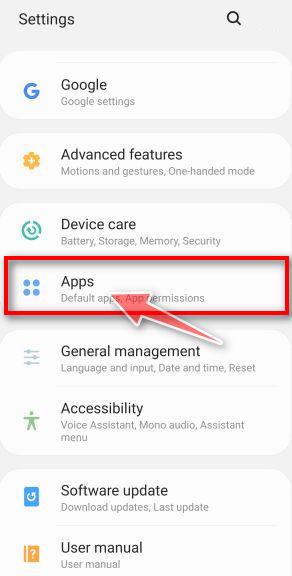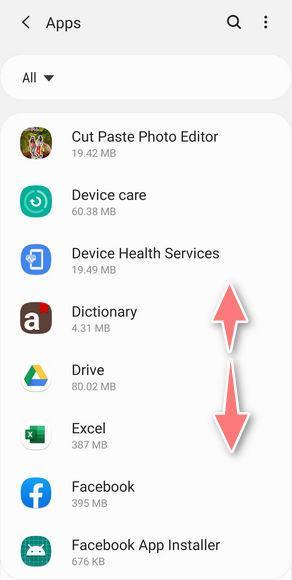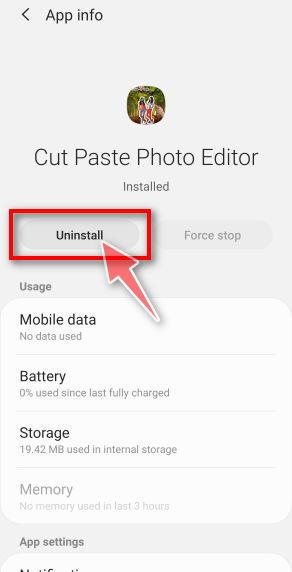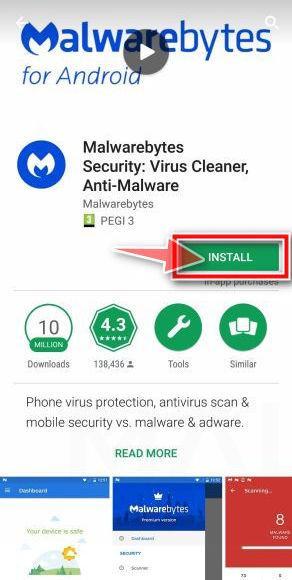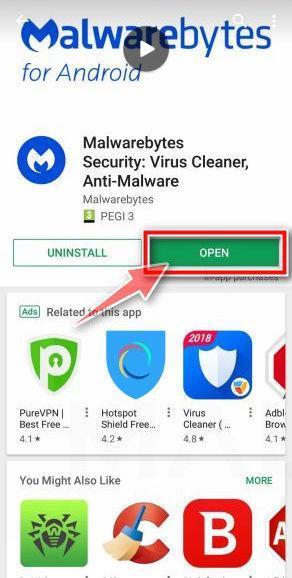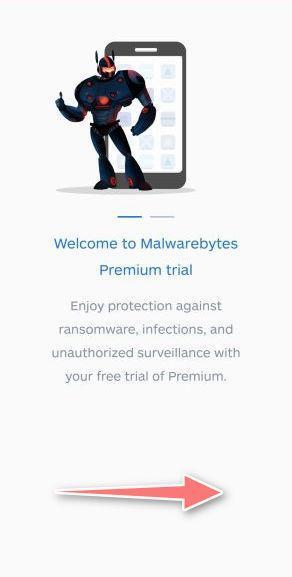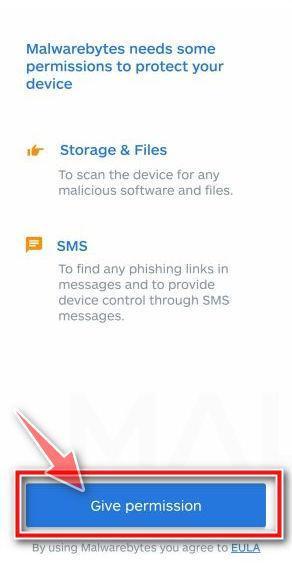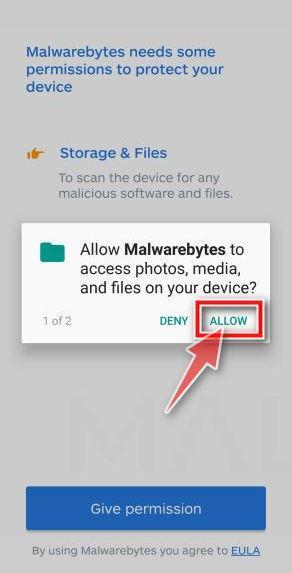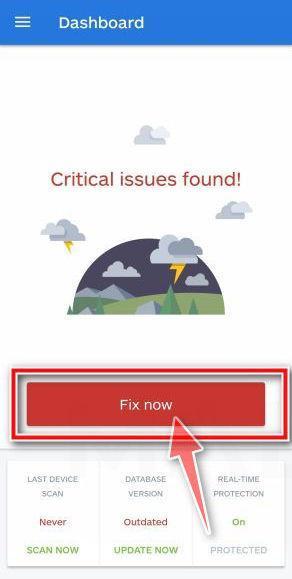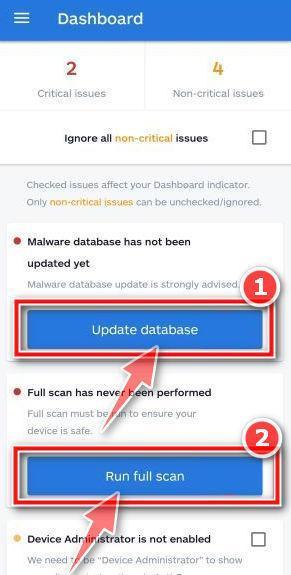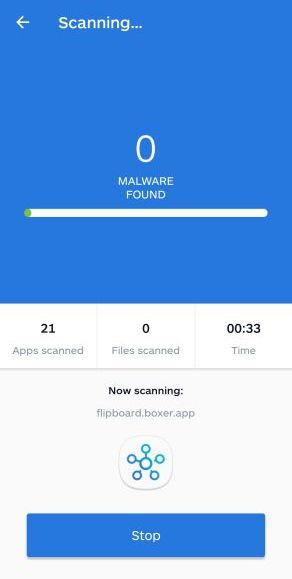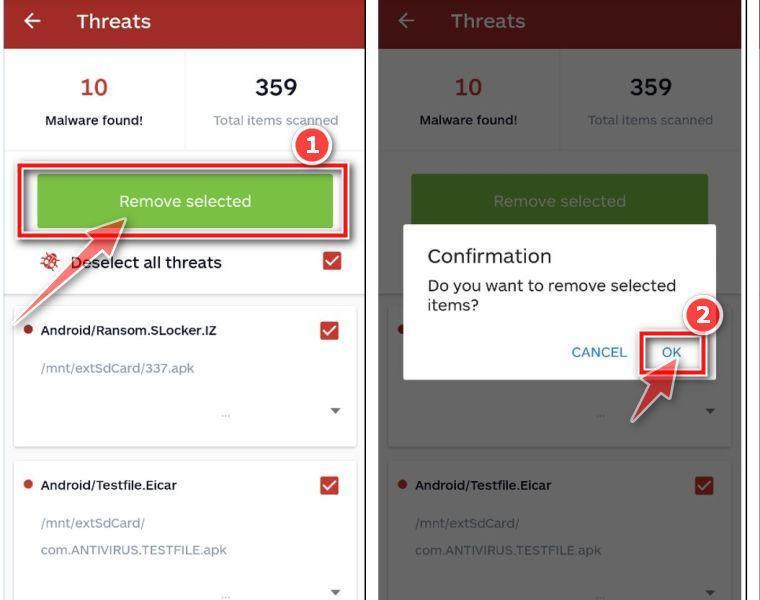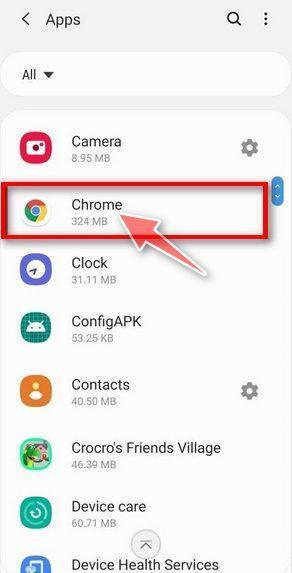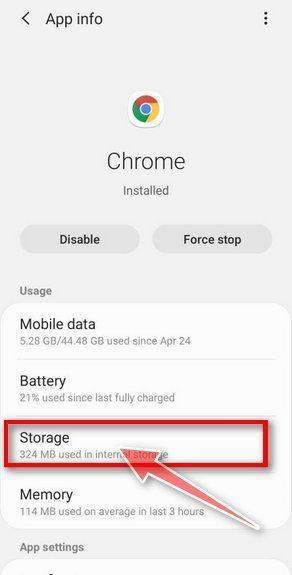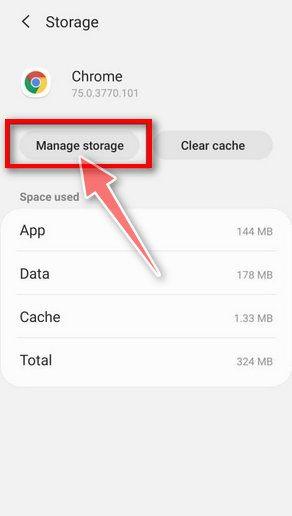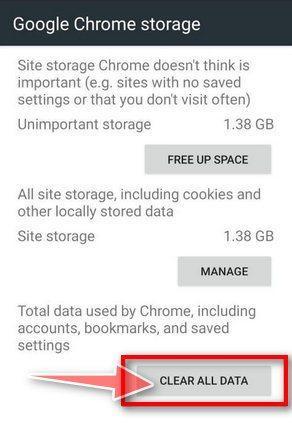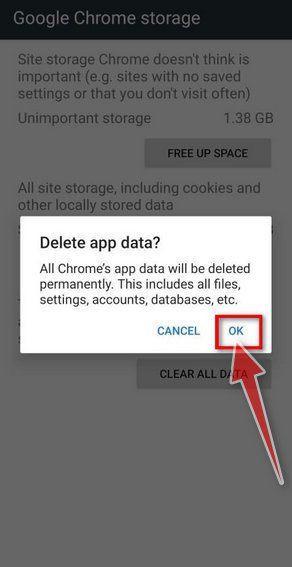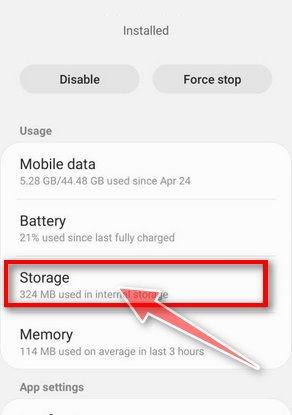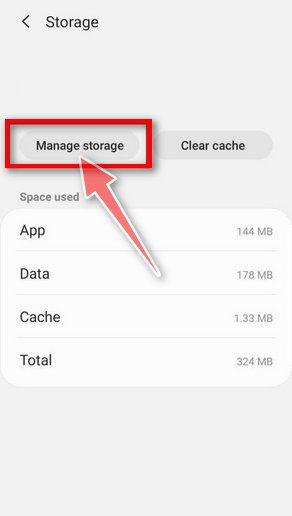The “Google Free Mobile Spam Scanner” page is a browser-based scam that displays fake error messages to trick you into installing potentially unwanted apps on your phone.

This Article Contains:
What is “Google Free Mobile Spam Scanner” page?
The “Google Free Mobile Spam Scanner” fake error message is a scam that pretends to be from Google to trick you into thinking that your phone has crashed or that a virus has been detected. It does this to try and scare you into downloading and installing potentially unwanted apps on your phone.
Here is the fake error message that the “Google Free Mobile Spam Scanner” page will display:
Free Mobile Spam Scanner
Malware threats
Threats found
Trojan.Funweb.A – delivers advertising content to the user. It is usually annoying but harmless, unless it is combined with spyware or trackware.
Trojan:BaseBridge.A – forwards confidential details to a remote server.
Trojan:SLocker – is reportedly the first Android ransomware that uses file encryption. It is also noted for its use of the TOR anonymizing network to communicate with its controller.
3 foundAdware threats
Threats found
Adware:W32/Bestofer – delivers advertising content to the user. It is usually annoying but harmless, unless it is combined with spyware or trackware.
Adware:AdShooter – is a trackware and an Ad-client.
Adware:Airpush – contains a third-party advertising component which displays advertising content in the device’s notification panel. The module may also silently gather and forward details from the device.
Adware.Webext – tracks keywords entered into Android and displays targeted advertisements based on this information
Adware:Maxit.A – gathers information from a device, and stores the details in a location accessible to the application developer.
5 found
Spyware threats
Finished
0 found
As you can imagine, the above alert is not real and its purpose is to scare you into installing malicious apps on your phone. If your browser has been redirected to the “Google Free Mobile Spam Scanner” scam, we recommend closing the page and do not download or install anything from the site.
Why am I seeing the “Google Free Mobile Spam Scanner” pop-up ads?
You are seeing the “Google Free Mobile Spam Scanner” pop-ups because a site that you have visited has redirected you to this page or your phone is infected with a malicious app.
Less than reputable sites can display malicious ads that redirect your browser to the “Google Free Mobile Spam Scanner” pop-up scam to generate advertising revenue. If this happens, you can close the page and install a browser with a built-in adblocker like Brave browser to block the malicious ads. However, if you are continuously seeing pop-ups like the “Google Free Mobile Spam Scanner” pop-up scam, then your device might be infected with a malicious app and you need to scan your device for adware and remove it.
Here are a few typical signs that you have a malicious app installed on your phone:
- Advertisements appear in places they shouldn’t be.
- Your web browser’s homepage has mysteriously changed without your permission.
- Web pages that you typically visit are not displaying properly.
- Website links redirect to sites different from what you expected.
To check your phone for the “Google Free Mobile Spam Scanner” adware and remove it for free, please use the guide below.
Remove “Google Free Mobile Spam Scanner” Scam
This malware removal guide may appear overwhelming due to the number of steps and numerous programs that are being used. We have only written it this way to provide clear, detailed, and easy-to-understand instructions that anyone can use to remove malware for free.
Please perform all the steps in the correct order. If you have any questions or doubts at any point, stop and ask for our assistance.
- STEP 1: Uninstall the malicious apps from your Android phone
- STEP 2: Use Malwarebytes for Android to remove “Google Free Mobile Spam Scanner” adware
- STEP 3: Reset your browser settings to remove “Google Free Mobile Spam Scanner” pop-ups
STEP 1: Uninstall the malicious apps from your Android phone
In this first step, we will check if any malicious apps are installed on your phone. Sometimes browser hijackers or adware apps can have usable Uninstall entries that can be used to remove these apps.
-
Open the “Settings” menu.
Tap on the “Settings” app from your phone menu or home screen.

-
Tap on “Apps”.
When the “Settings” menu opens, tap on “Apps” (or “App Manager”) to see all the installed applications on your phone.

-
Find the malicious app.
The “Apps” screen will be displayed with a list of all the applications that are installed on your phone. Scroll through the list until you find the unknown or malicious app. Look out for any suspicious app that could be behind all the drama – anything you don’t remember downloading or that doesn’t sound like a genuine program.
Most often, cyber criminals hide malware inside the video or photo editing apps, weather apps, and camera apps.Here are some known malicious apps: ES File Explorer, Xender, Amber Weather Widget, GO Weather Forecast & Widgets, Kitty Play, Touchpal, Z Camera.

-
Uninstall the malicious app
When you find a suspicious or malicious app, tap on it to uninstall it. This won’t start the app but will open up the app details screen. If the app is currently running press the “Force stop” button, then tap on “Uninstall”.

A confirmation dialog should be displayed to confirm you want to uninstall the app, tap on “OK” to remove the malicious app from your phone.

STEP 2: Use Malwarebytes for Android to remove “Google Free Mobile Spam Scanner” adware
In this next step, we will install Malwarebytes to scan and remove from your phone malicious apps and files.
Malwarebytes for Android searches all files and apps quickly and effectively for malware or potentially unwanted programs such as screen lockers or adware, freeing your Android device from bloatware.
-
Download Malwarebytes.
You can download Malwarebytes by clicking the link below.
 MALWAREBYTES DOWNLOAD LINK
MALWAREBYTES DOWNLOAD LINK
(The above link open a Google Play Store from where you can download Malwarebytes) -
Install Malwarebytes on your phone
In the Google Play Store, tap “Install” to install Malwarebytes on your device.

When the installation process has finished, tap “Open” to begin using Malwarebytes for Android. You can also open Malwarebytes by tapping on its icon in your phone menu or home screen.

-
Follow the on-screen prompts to complete the setup process
When the Malwarebytes will open, you will see the Malwarebytes Setup Wizard which will guide you through a series of permissions and other setup options.
This is the first of two screens which explain the difference between the Premium and Free version. Swipe this screen to continue.

Tap on “Got it” to proceed to the next step.

Malwarebytes for Android will now ask for a set of permissions that are required to scan your device and protect it from malware. Tap on “Give permission” to continue.

Tap on “Allow” to give permission to Malwarebytes to access the files on your phone.

-
Update database and run a scan with Malwarebytes
You will now be prompted to update the Malwarebytes database and run a full system scan.

Click on “Update database” to update the Malwarebytes definitions to the latest version, then click on “Run full scan” to perform a system scan.

-
Wait for the Malwarebytes scan to complete.
Malwarebytes will now start scanning your phone for adware and other malicious apps. This process can take a few minutes, so we suggest you do something else and periodically check on the status of the scan to see when it is finished.

-
Click on “Remove Selected”.
When the scan has completed, you will be presented with a screen showing the malware infections that Malwarebytes has detected. To remove the malicious apps that Malwarebytes has found, tap on the “Remove Selected” button.

-
Restart your phone.
Malwarebytes will now remove all the malicious apps that it has found. To complete the malware removal process, Malwarebytes may ask you to restart your device.
STEP 3: Reset your browser settings to remove “Google Free Mobile Spam Scanner” pop-ups
In this final step, if your phone is still redirected to unwanted sites or you see pop-up ads, we will need to reset the web browser settings to their original defaults. This step should be performed only if the issues have not been solved by the previous steps.
Resetting the browser settings to their default it’s an easy task on Windows or Mac computers; however, when it comes to Android, this can’t be done directly because it’s not an option built-in into the browser settings. Restoring the browser settings on Android can be done by clearing the application data. This will remove all the cookies, cache, and other site settings that may have been saved. So let’s see how we can restore your browser to its factory settings.
Remove “Google Free Mobile Spam Scanner” from Google Chrome
To reset the Chrome browser to its default settings, follow the below steps:
-
Open the “Settings” menu.
Tap on the “Settings” app from your phone menu or home screen.

-
Tap on “Apps”.
When the “Settings” menu opens, tap on “Apps” (or “App Manager”) to see all the installed applications on your phone.

-
Find and tap on Chrome.
The “Apps” screen will be displayed with a list of all the apps installed on your phone. Scroll through the list until you find the Chrome app, then tap on it to open the apps details.

-
Tap “Storage”.
When the Chrome’s app info menu is displayed, tap on “Storage“.

-
Tap “Manage Space”.
Under the storage settings, you will get two options — Manage Space and Clear Cache. Tap on “Manage Space“.

-
Tap “Clear all data”.
Tap “Clear all data” to delete all Chrome’s data including accounts, bookmarks and your settings in order to reset the default settings.

-
Confirm by tapping “Ok”.
A confirmation dialog should now be displayed, detailing the components that will be restored to their default state should you continue on with the reset process. To complete the restoration process, tap “Ok“.

Remove “Google Free Mobile Spam Scanner” from Firefox browser
To reset the Firefox browser to its default settings, follow the below steps:
-
Open the “Settings” menu.
Tap on the “Settings” app from your phone menu or home screen.

-
Tap on “Apps”.
When the “Settings” menu opens, tap on “Apps” (or “App Manager”) to see all the installed applications on your phone.

-
Find and tap on Firefox.
The “Apps” screen will be displayed with a list of all the apps installed on your phone. Scroll through the list until you find the Firefox app, then tap on it to open the apps details.

-
Tap “Storage”.
When the Firefox’s app info menu is displayed, tap on “Storage“.

-
Tap “Manage Space”.
Under the storage settings, you will get two options — Manage Space and Clear Cache. Tap on “Manage Space“.

-
Tap “Clear all data”.
Tap “Clear all data” to delete all Firefox’s data including accounts, bookmarks and your settings in order to reset the default settings.

-
Confirm by tapping “Ok”.
A confirmation dialog should now be displayed, detailing the components that will be restored to their default state should you continue on with the reset process. To complete the restoration process, tap “Ok“.
Remove “Google Free Mobile Spam Scanner” from Opera browser
To reset the Opera browser to its default settings, follow the below steps:
-
Open the “Settings” menu.
Tap on the “Settings” app from your phone menu or home screen.

-
Tap on “Apps”.
When the “Settings” menu opens, tap on “Apps” (or “App Manager”) to see all the installed applications on your phone.

-
Find and tap on Opera.
The “Apps” screen will be displayed with a list of all the apps installed on your phone. Scroll through the list until you find the Opera app, then tap on it to open the apps details.

-
Tap “Storage”.
When the Opera’s app info menu is displayed, tap on “Storage“.

-
Tap “Manage Space”.
Under the storage settings, you will get two options — Manage Space and Clear Cache. Tap on “Manage Space“.

-
Tap “Clear all data”.
Tap “Clear all data” to delete all Opera’s data including accounts, bookmarks and your settings in order to reset the default settings.

-
Confirm by tapping “Ok”.
A confirmation dialog should now be displayed, detailing the components that will be restored to their default state should you continue on with the reset process. To complete the restoration process, tap “Ok“.
Remove “Google Free Mobile Spam Scanner” from Samsung Internet Browser
To reset the Samsung Internet Browser to its default settings, follow the below steps:
-
Open the “Settings” menu.
Tap on the “Settings” app from your phone menu or home screen.

-
Tap on “Apps”.
When the “Settings” menu opens, tap on “Apps” (or “App Manager”) to see all the installed applications on your phone.

-
Find and tap on Samsung Internet Browser.
The “Apps” screen will be displayed with a list of all the apps installed on your phone. Scroll through the list until you find the Samsung Internet Browser app, then tap on it to open the apps details.

-
Tap “Storage”.
When the Samsung Internet Browser’s app info menu is displayed, tap on “Storage“.

-
Tap “Manage Space”.
Under the storage settings, you will get two options — Manage Space and Clear Cache. Tap on “Manage Space“.

-
Tap “Clear all data”.
Tap “Clear all data” to delete all Samsung Internet Browser’s data including accounts, bookmarks, and your settings in order to reset the default settings.

-
Confirm by tapping “Ok”.
A confirmation dialog should now be displayed, detailing the components that will be restored to their default state should you continue on with the reset process. To complete the restoration process, tap “Ok“.
Remove “Google Free Mobile Spam Scanner” from Microsoft Edge
To reset the Microsoft Edge browser to its default settings, follow the below steps:
-
Open the “Settings” menu.
Tap on the “Settings” app from your phone menu or home screen.

-
Tap on “Apps”.
When the “Settings” menu opens, tap on “Apps” (or “App Manager”) to see all the installed applications on your phone.

-
Find and tap on Microsoft Edge.
The “Apps” screen will be displayed with a list of all the apps installed on your phone. Scroll through the list until you find the Microsoft Edge app, then tap on it to open the apps details.

-
Tap “Storage”.
When the Microsoft Edge’s app info menu is displayed, tap on “Storage“.

-
Tap “Manage Space”.
Under the storage settings, you will get two options — Manage Space and Clear Cache. Tap on “Manage Space“.

-
Tap “Clear all data”.
Tap “Clear all data” to delete all Microsoft Edge’s data including accounts, bookmarks, and your settings in order to reset the default settings.

-
Confirm by tapping “Ok”.
A confirmation dialog should now be displayed, detailing the components that will be restored to their default state should you continue on with the reset process. To complete the restoration process, tap “Ok“.
Your phone should now be free of the “Google Free Mobile Spam Scanner” pop-up ads. If your current antivirus allowed a malicious app on your phone, you may want to consider purchasing the full-featured version of Malwarebytes to protect against these types of threats in the future.
If you are still having problems with your phone after completing these instructions, then please follow one of the steps:
- Restore your phone to factory settings by going to Settings > General management > Reset > Factory data reset.
- Ask for help in our Mobile Malware Removal Help & Support forum.


